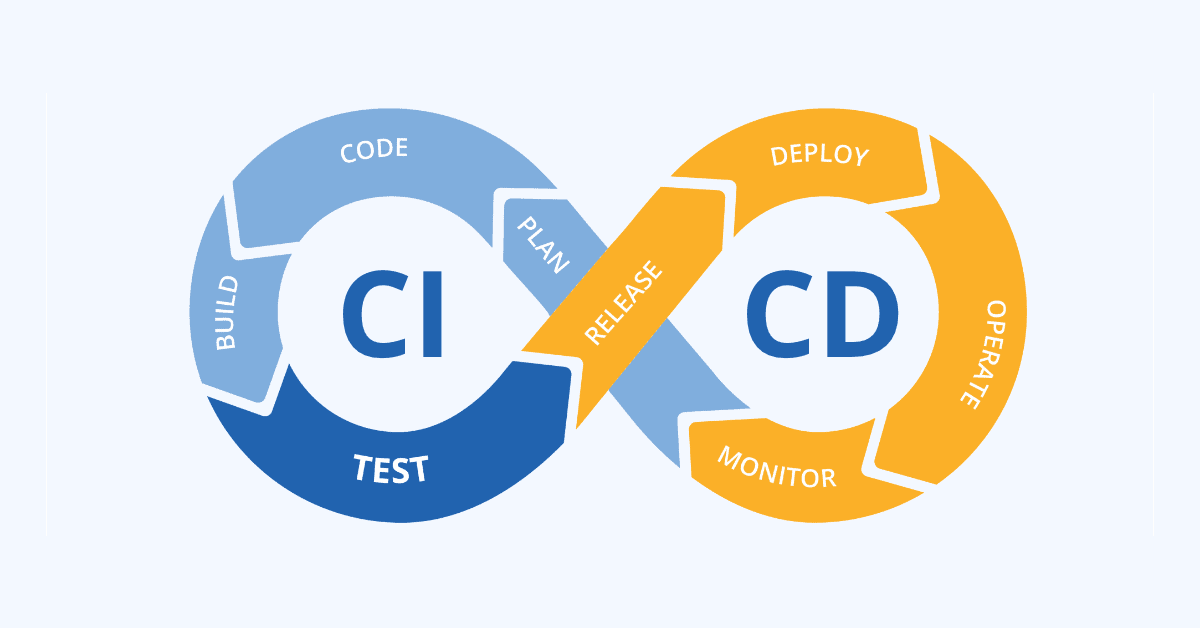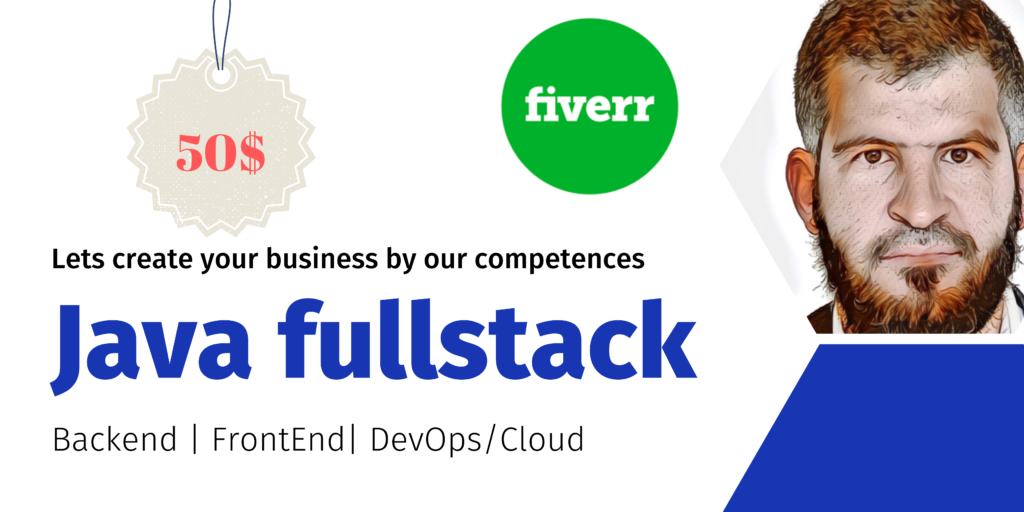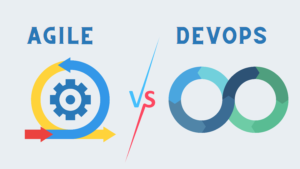In the realm of modern software development, terms like Continuous Integration (CI) and Continuous Deployment (CD) are frequently heard. While both CI and CD are essential practices that contribute to efficient software delivery, they serve distinct purposes. This article aims to clarify the differences between Continuous Integration and Continuous Deployment, shedding light on their roles in the software development process.
Continuous Integration (CI)
Continuous Integration is a software development practice that focuses on regularly integrating code changes from multiple developers into a shared repository. The primary goal of CI is to detect and address integration issues early in the development process. It involves a series of automated tests, code quality checks, and builds to ensure that new code contributions do not break the existing codebase.
Key aspects of Continuous Integration include:
1. Frequent Code Integration
In CI, developers regularly merge their code changes into a central repository, typically multiple times a day. This constant integration ensures that code stays up to date and that potential issues are discovered early.
2. Automated Testing
Automated testing is at the heart of CI. Whenever code is integrated, a suite of automated tests is executed to check for regressions and ensure that the application’s functionality remains intact.
3. Code Quality Checks
In addition to testing, CI systems often include code analysis tools that enforce coding standards and identify potential issues, such as code smells and security vulnerabilities.
4. Immediate Feedback
Developers receive immediate feedback on the quality and correctness of their code changes. If an issue is detected, it can be addressed promptly, reducing the likelihood of integration problems.
5. Build Automation
CI involves automated building and packaging of the application. This ensures that the code is always in a deployable state, ready to be delivered at any time.
Continuous Deployment (CD)
Continuous Deployment, on the other hand, extends the principles of CI to the next level by automating the deployment process. CD aims to deliver every code change to a production environment as soon as it successfully passes through the CI pipeline. In a true CD pipeline, human intervention is minimal, and the entire process is automated.
Key aspects of Continuous Deployment include:
1. Automated Deployment
The primary focus of CD is automating the deployment of code to production or staging environments. This typically includes provisioning servers, configuring environments, and deploying application releases.
2. Minimal Manual Intervention
CD pipelines are designed to require minimal human intervention. Once a code change successfully passes all tests, it proceeds to production automatically, reducing the time and potential for human error.
3. Rapid Feedback
Continuous Deployment ensures that code changes reach users quickly, allowing for rapid feedback and the ability to address issues promptly.
4. Rollback Mechanisms
CD pipelines include robust rollback mechanisms. In case a deployment introduces unexpected issues, the system can quickly revert to a stable version.
5. Feature Flags
Feature flags or toggles are often used in CD to enable or disable specific features or changes in a live application. This allows for controlled releases and the ability to turn features on or off without deploying new code.
Key Differences
Now that we have a clear understanding of both CI and CD, let’s summarize the key differences between them:
- Focus:
- CI focuses on code integration, automated testing, and maintaining code quality.
- CD focuses on automating the deployment process and delivering code changes to production quickly.
- Goal:
- The goal of CI is to ensure that code changes do not break existing functionality and are of high quality.
- The goal of CD is to automate the entire deployment process, from code integration to production, with minimal human intervention.
- Frequency:
- CI typically involves multiple code integrations and builds throughout the day.
- CD involves continuous, automated deployments to production, which can be multiple times a day.
- Human Intervention:
- In CI, human intervention is often required to review and approve code integrations.
- In CD, the goal is to minimize human intervention and automate the entire deployment process.
- Deployment:
- CI does not necessarily involve deployment to production.
- CD focuses on automating the deployment process and often includes deployment to production.
When to Use CI and CD
The choice between CI and CD depends on the specific needs and goals of a software development project:
- CI is a fundamental practice that should be employed in every software development project. It ensures that code is continuously integrated, tested, and maintained at a high quality level.
- CD is suitable for projects where rapid delivery and frequent releases to production are required. It is particularly valuable for web applications, SaaS products, and services where users expect timely updates and new features.
It’s worth noting that the transition from CI to CD can be gradual. Organizations often start with CI and, once they have a robust and reliable CI pipeline in place, consider implementing CD practices to further streamline the deployment process.
Conclusion
Continuous Integration and Continuous Deployment are critical practices in modern software development. While they share the common goal of improving the software development process, they serve distinct purposes. CI focuses on code integration, testing, and maintaining code quality, while CD takes automation a step further, focusing on automated deployments to production.
By understanding the differences between CI and CD, you can make informed decisions about which practices to implement in your development projects, leading to more efficient and reliable software delivery processes.






